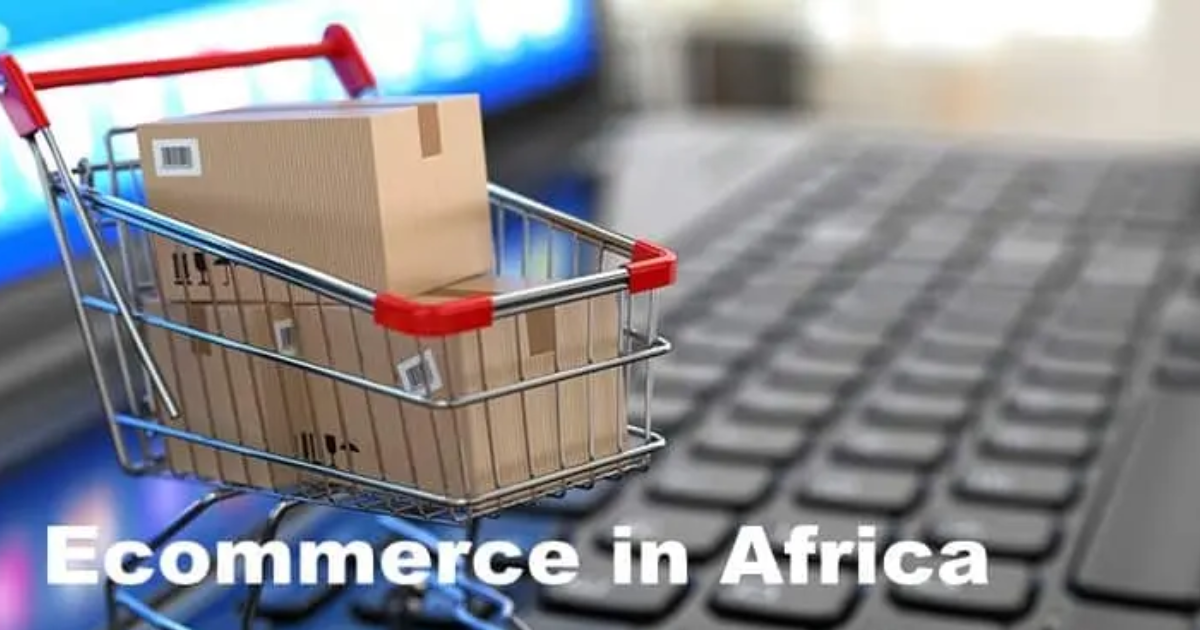Examining Africa's E-Commerce Sector

There has been an increase in e-commerce, (technology-mediated transactions) to improve the quality of life around the world in the last decade. While these were to be expected given the age of global digital transformation, the COVID-19 pandemic accelerated it. E-commerce, as a technology-mediated transaction, has become a powerful tool for removing trade barriers, creating jobs, and generating revenue on a global scale. However, the African e-commerce sector has remained largely undeveloped until recently due to unique challenges bedeviling the continent, such as low internet penetration, concern about information leakages, cyber crime, product quality, delivery, low literacy, and low purchasing power.
However, the African E-commerce sector is gradually shaping up to be the next hotbed for internet-based businesses. This expansion has been attributed to the continent’s high penetration of smartphones and the Internet, which has become common in most African countries. Without a doubt, the continent has become a lucrative market for the e-commerce industry in recent times. For instance, during the covid-19 pandemic, which forced the closure of many businesses and lockdown of countries’ borders and cities, most people had to rely on online shopping, which saw a surge in online sales during this time, with industry analysts predicting that online trade will grow by more than half in the next three years.
Factors Driving E-Commerce Growth in Africa
African online retail has expanded rapidly in recent years, and this trend is expected to continue. Several factors are influencing this remarkable growth. Africa has the world’s youngest and second-largest population. As a result, there is the potential for a large digital audience. Furthermore, due to the widespread adoption of smartphones and mobile devices in general, internet penetration has been increasing. Mobile e-commerce has taken over the online shopping scene. Various digital payments are becoming more common in African countries, which is undoubtedly important for e-commerce. Digital buyers use alternative payment methods such as cash-on-delivery and mobile money.
By 2025, the e-commerce industry is expected to grow by 50%. In 2020, Africa’s market revenue increased by 52.7 percent to around $27.97 billion, an increase of more than $6 billion since 2019.
The African e-commerce industry generated $28 billion in revenue in 2021 and is expected to generate $33.3 billion in revenue in 2022, a 19% increase. Experts predict that with the significant increase in e-commerce revenue in Africa, it will continue to grow and will likely reach a value of more than $46.1 billion.
So far this year, the sector has continued on a positive note, ranking fourth in terms of funding, and accounting for 7.0% of the $3 billion raised by the continent’s tech startups in H1 2022.
In 2021, the continent’s e-commerce industry was reported to have received more than $256 million in disclosed funding. Nigeria, South Africa, and Kenya continue to dominate the Sub-Saharan African industry. The introduction of e-payment technology has significantly increased the number of online shoppers on the African continent.
Africa’s Top markets and E-Commerce Platforms

Nigeria, South Africa, Kenya, Morocco, and Egypt are the continent’s largest economies. E-commerce is booming in these markets, thanks to several leading companies that operate in many other African countries, such as Jumia, Konga, Takealot, and Kilimall. Jumia and Konga, two popular African online marketplaces, have their headquarters in Nigeria. Takealot.com, the country’s largest e-commerce platform, is based in South Africa, while Kilimall was founded in Kenya.
Given the importance of mobile e-commerce, examining the most popular shopping apps can help you better understand the key players in these markets. Unsurprisingly, Jumia Online Shopping ranks first in Nigeria and Kenya, and third in Egypt, after Souq and Alibaba. Souq.com, which will be renamed Amazon in September 2021, is a subsidiary of Amazon and the largest e-commerce platform in Arab-speaking countries. Meanwhile, the fashion e-commerce platform SHEIN is the most popular shopping app in South Africa.
Payment methods are another aspect that can help you understand e-commerce in Africa. As previously stated, the African digital payment landscape is unique. Data on the transaction volume of selected African digital payment platforms show that M-Pesa mobile money payments were far more common than African credit card payments. Mobile money, which is largely unknown in advanced economies, represents a revolution in other markets by making financial services easily accessible throughout the country, including remote rural areas. Customers can receive, store, and spend money using a mobile phone even if they do not have internet access. Another common e-commerce payment method is cash-on-delivery, which means that users pay for their order when it is delivered. Cash-on-delivery remains a popular payment method in economies with low credit card penetration and low trust in digital payments made in advance.
What African digital shoppers buy
Consumer preferences for what to buy online are other characteristics that define online shopping in specific markets. Statista conducted a survey in several African countries to determine which items consumers in Nigeria, South Africa, Morocco, Kenya, and Egypt prefer to purchase online. Digital buyers in all of these countries stated that they buy clothing, shoes, and consumer electronics online. Despite the rapid growth of the continent’s e-commerce sector, online shopping in Africa remains below the global average, even in Africa’s driving markets. According to recent data, 41 percent of Egyptian internet users make online purchases. The share of digital buyers in South Africa is around 47 percent, while the global average is 58 percent.
